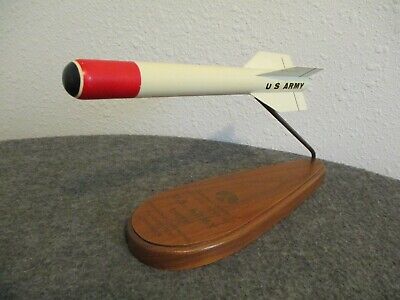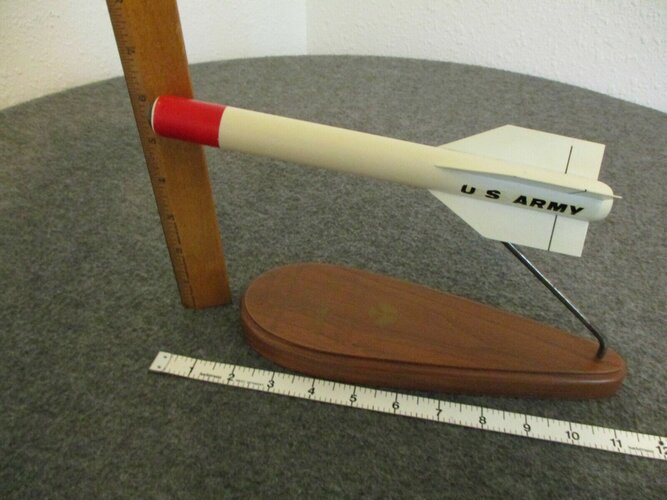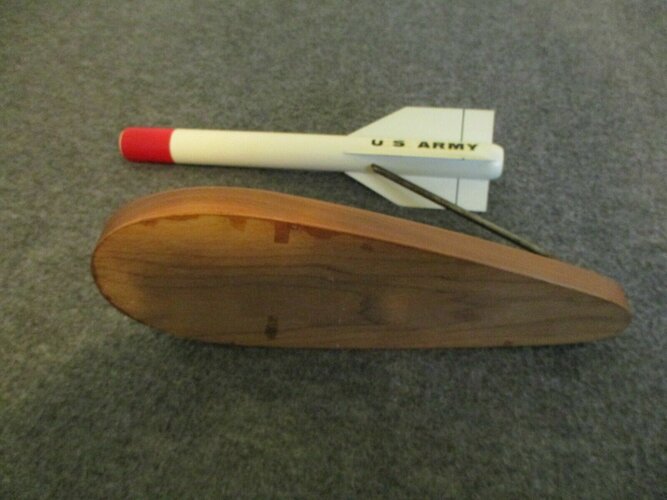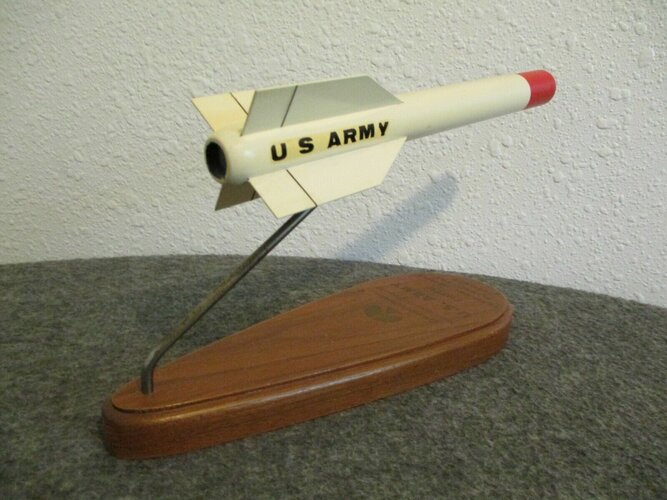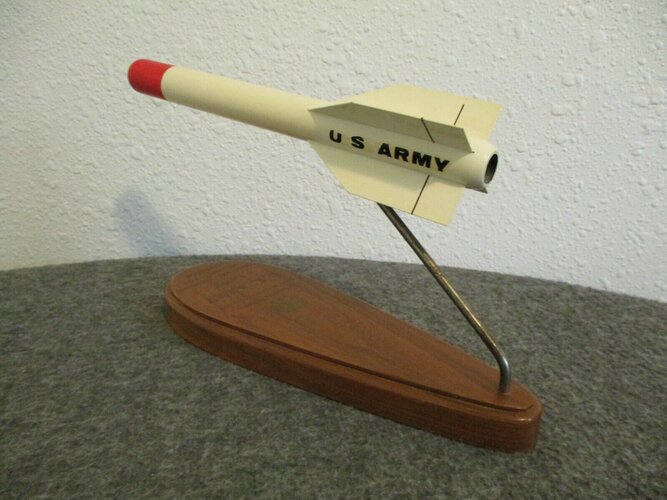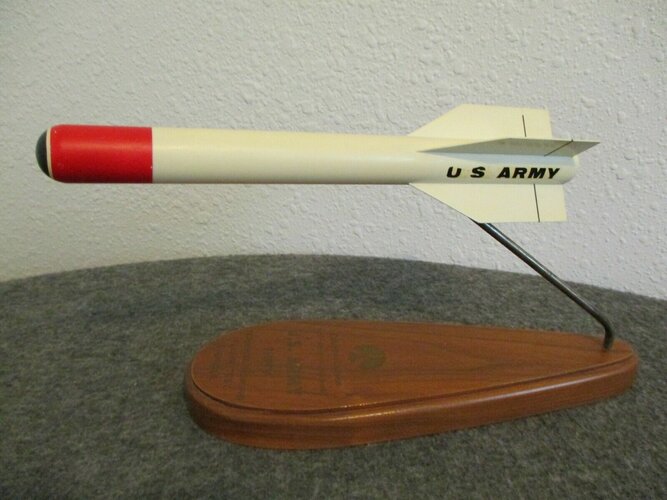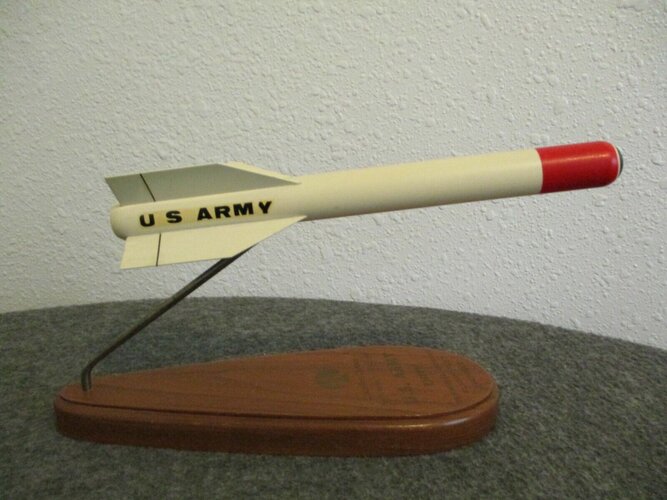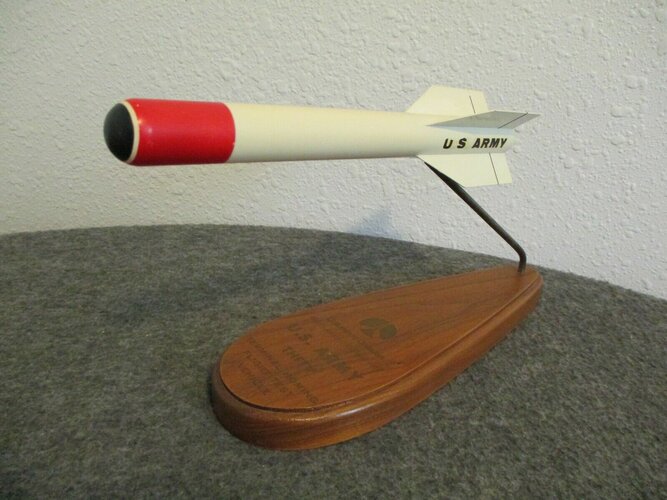- Joined
- 1 April 2006
- Messages
- 10,730
- Reaction score
- 6,767

Close Air Support Weapon Engineering Design Study. Volume 6. Missile Simulation
The objective of the engineering design study of the close air support weapon CASW was to provide design considerations for the new close air support missile CASM. The derivation of the missile was undertaken based on the modification of an existing missile. This study incorporates operational...
apps.dtic.mil
Descriptive Note: Final rept. 23 Sep-22 Dec 1970
Corporate Author: HUGHES AIRCRAFT CO CANOGA PARK CA
Personal Author(s): Walker, W. S. Blackshaw, G. E. Knowles, R. W.
Report Date: 1971-01-01
Pagination or Media Count: 117.0
Abstract: The objective of the engineering design study of the close air support weapon CASW was to provide design considerations for the new close air support missile CASM. The derivation of the missile was undertaken based on the modification of an existing missile. This study incorporates operational requirement and warhead effectiveness studies for various close air support targets leading to warhead and launch envelope recommendations. A thorough analysis of the system performance and terminal accuracy was conducted. Missile simulation models and a system description, including missile, launcher, avionics, and aerospace ground equipment AGE are provided.
https://apps.dtic.mil/sti/citations/AD0912026 - not accessible
Accession Number: AD0912026
Title: Close Air Support Missile/Terminal Homing Flight Test Vehicle (CASM/THFTV) System - Autopilot Analysis.
Descriptive Note: Final rept. 1-28 Feb 73,
Corporate Author: AIR FORCE ARMAMENT LAB EGLIN AFB FLA
Personal Author(s): Rezmer,Matthew D.
Report Date: 1973-05-01
Pagination or Media Count: 33.0
Abstract: The report presents the results of an autopilot analysis to integrate the Air Force Close Air Support Missile CASM laser seeker with the Army Terminal Homing Flight Test Vehicle THFTV. This CASMTHFTV system has evolved from the Armys requirement to flight test the CASM seeker on the THFTV for evaluation of the seekers performance, and to determine the seekers acceptability for TRI-Service use. Utilizing root locus techniques, the CASMTHFTV system was evaluated to determine the autopilot gains and compensations required for proper system integration. Three candidate autopilot designs were derived from this study. Autopilot Design A maintains the THFTV rate loop, and only the guidance compensation is modified. Autopilot Design B maintains the original rate loop response, but the rate loop compensations are repositioned to eliminate the need for a guidance compensation. Design C is an alternate approach that simplified the compensation requirements for the rate loop and increases its response. The final determination of the best autopilot design will be derived from a simulation performance analysis of the candidates.

